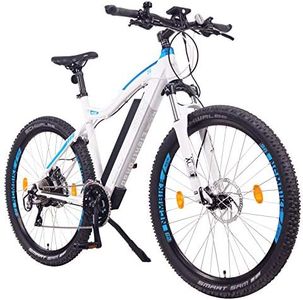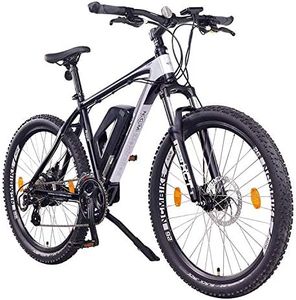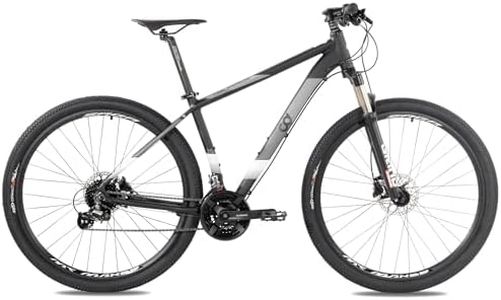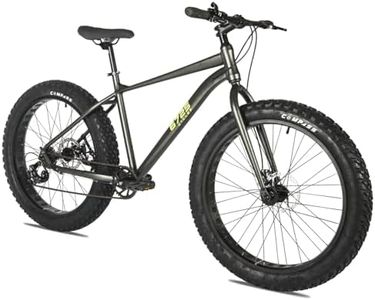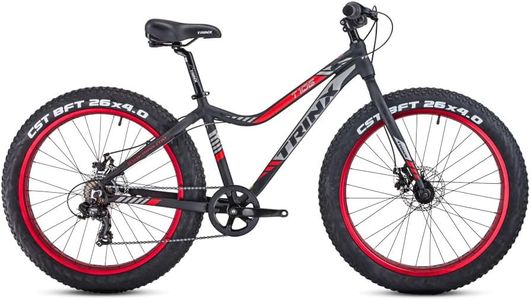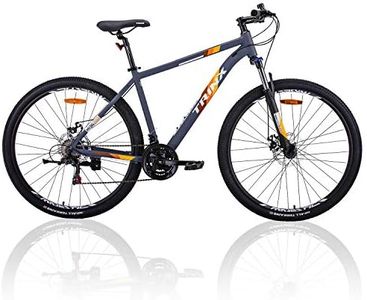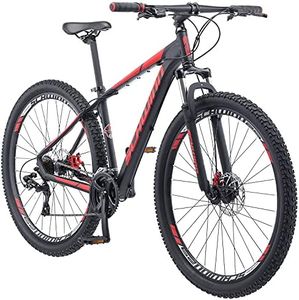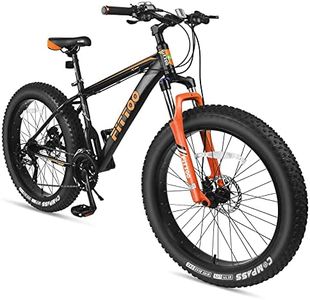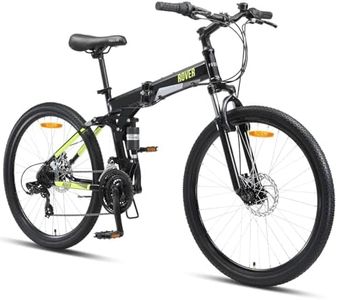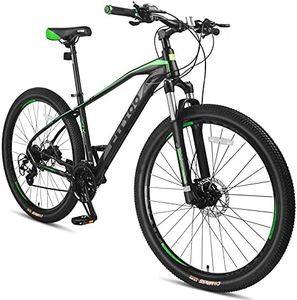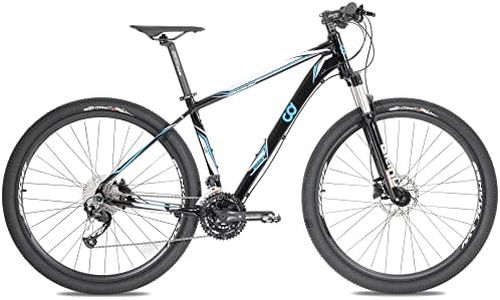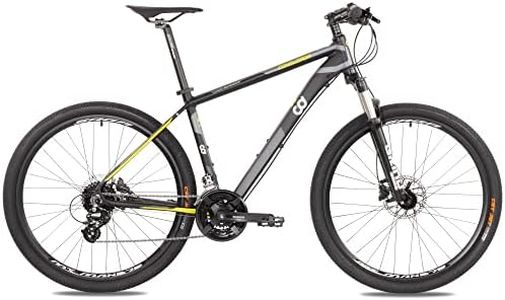We Use CookiesWe use cookies to enhance the security, performance,
functionality and for analytical and promotional activities. By continuing to browse this site you
are agreeing to our privacy policy
10 Best Affordable Mountain Bikes
From leading brands and best sellers available on the web.Buying Guide for the Best Affordable Mountain Bikes
Choosing the best mountain bike for your needs can be exciting but sometimes feels overwhelming given the variety of options. It's important to start with a clear idea of the type of trails or paths you want to ride, your experience level, and any preferences for comfort or control. Affordable mountain bikes especially require careful attention to the right balance of durability, performance, and maintenance needs, so you get a reliable ride without spending too much time or money fixing problems.Frame MaterialThe frame is the skeleton of the mountain bike, and its material has a big influence on the bike’s weight, durability and overall ride feel. The two most common materials are aluminum and steel. Aluminum is lighter and less likely to rust, making it a solid choice for those wanting to climb or carry their bike easily, while steel is a bit heavier but provides excellent strength and often a smoother ride over bumps. If you’re planning on frequent rough trails or want a bike you can toss around without worrying, steel may suit you. For those who want agility, especially on uphill rides, aluminum is a great option.
Suspension TypeSuspension absorbs impacts from rough terrain to keep your ride smoother and more controlled. Mountain bikes can have no suspension (rigid), suspension on the front wheel only (hardtail), or suspension on both wheels (full suspension). Rigid bikes are simple, lower maintenance, and good for less rocky areas, but offer less comfort. Hardtails are the best all-rounders for beginners and recreational riders, offering enough shock absorption for bumpy trails while staying more affordable and easier to maintain than full-suspension models. Full suspension provides maximum comfort and control on technical or steep trails, but these bikes can be heavier and often need more maintenance. Your usual trails and how much comfort you want over bumps should guide your pick.
Wheel SizeWheel size affects how a mountain bike handles and performs on different terrain. The main wheel sizes you’ll see are 26-inch, 27.5-inch (also called 650b), and 29-inch. 26-inch wheels are lighter and easier to maneuver, making them good for quick turns and shorter riders. 27.5-inch wheels offer a balance—maneuverable yet better at rolling over bumps than 26-inch. 29-inch wheels, the largest, roll over obstacles most easily and keep their speed better, which is helpful for taller riders and those tackling long, rough trails. Consider your height, the kind of terrain you ride most, and how much agility or stability you want when choosing.
Gear RangeThe gear range describes how many speeds your bike has and how easy it is to pedal up hills or go fast on flat ground. Bikes can have single or multiple chainrings upfront, and a set of gears (called a cassette) on the back wheel, resulting in a certain number of total gears. More gears help you handle steeper hills or faster sections with the ideal effort, but can also add complexity to maintenance. If you expect to ride mostly on hilly terrain, a wider gear range with lower gears makes climbing easier. Flatter routes may allow you to get by with fewer gears and a simpler setup.
BrakesMountain bikes usually feature either rim brakes or disc brakes. Rim brakes grip the outer edge of the wheel; they're simpler, easier to maintain, but lose power in wet or muddy conditions. Disc brakes, which grab onto a disc attached to the wheel, are more powerful and reliable in all weather, and are increasingly common even on more affordable bikes. If you ride in an area that gets muddy or wet, disc brakes offer better safety and control. For mostly dry, flat trails, rim brakes might be all you need and are easier and cheaper to repair.
Tire Width and TreadThe tires on your mountain bike have a direct impact on grip, stability, and how much effort it takes to pedal. Wider tires (over 2 inches) provide more grip and stability, especially on loose or rocky trails, but can feel slower on smooth or paved paths. Narrower tires roll faster with less effort, but can feel less secure off-road. The pattern on the tires, or tread, matters too: knobby treads are best for loose dirt and mud, while smoother treads are better for dry hardpack or mixed surfaces. Choose tire width and tread based on the typical surfaces you ride most.
